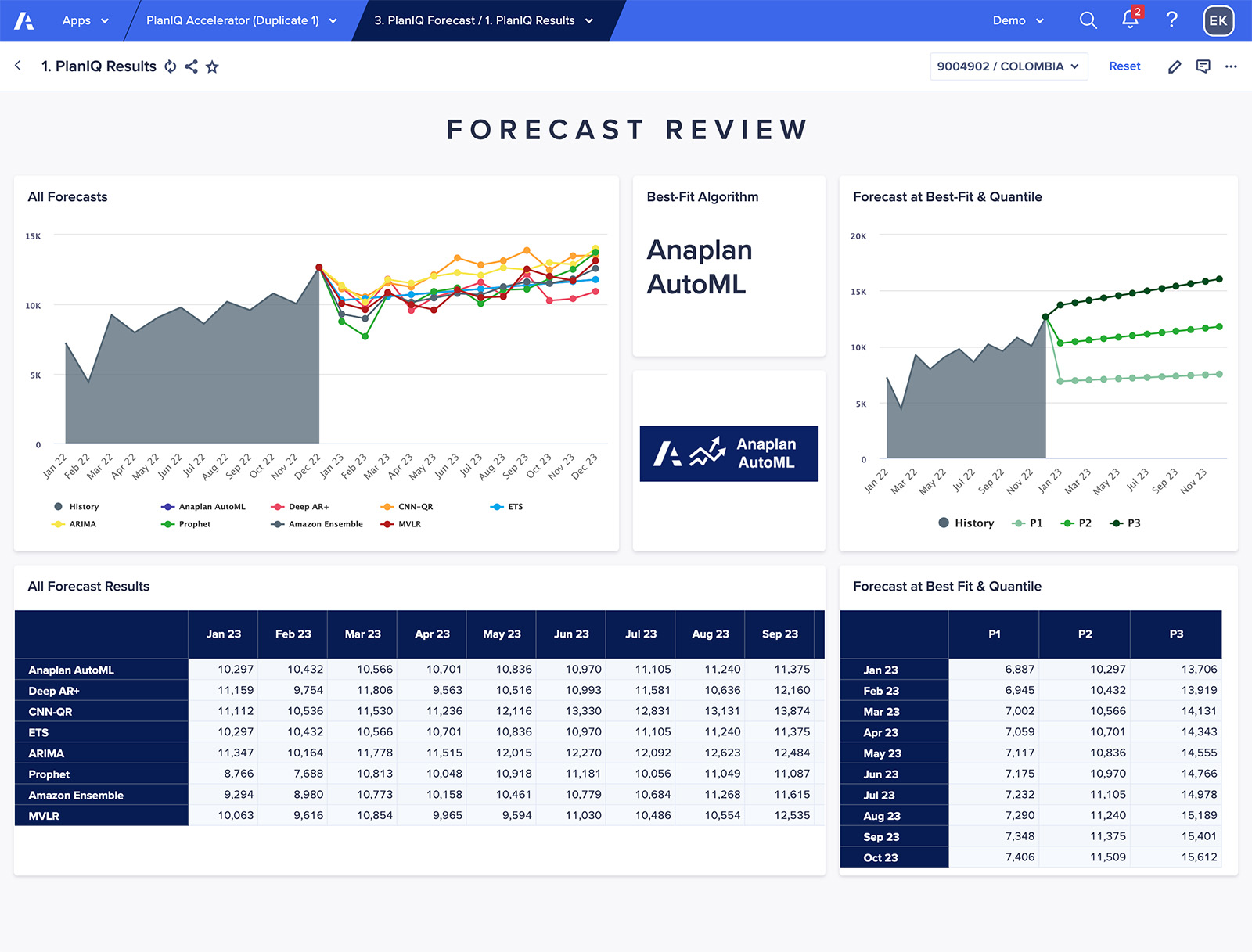Digital operations planning and analytics (DOP&A): from nostalgic necessity to modern business essential


Learn why DOP&A is quickly shaping the future of business insights, data, and analytics (and what you can do about it)
The 1980s may be remembered as a time of Rolodexes, Filofaxes, questionable haircuts, and even more questionable fashion choices. But it was also when intelligent individuals began to grasp the inherent value of business data.
Back then, most organizations used rudimentary analytics tools to perform budgeting, planning, and basic reporting. They had no way of knowing that data would one day become more valuable than oil.
Fast-forward your VCR to today, and data and analytics have shifted from luxury items to business essentials. One area in particular has gained extensive popularity: digital operations planning and analytics or DOP&A.
In the recent Forrester report The Digital Operations Planning and Analytics Landscape, Q3 2023, authored by VP and principal analyst Liz Herbert, DOP&A can also be referred to as a modern, cloud-based take on enterprise performance management (EPM), corporate performance management (CPM), financial planning and analysis (FP&A), or extended planning and analysis (xP&A). At Anaplan, we call it Connected Planning.
The research firm defines DOP&A as “An applications category comprising an integrated set of reporting, analytical, and planning applications that helps organizations develop growth strategies and optimize business performance in a digital-first world.”
What’s driving the popularity of these tools? Over the past few years, huge market changes have shifted the way businesses operate, creating a more competitive and regulated trading environment. These changes — compounded by the onset of globalization, digital transformation, geo-political uncertainties, and socio-economic unrest — have placed immense pressure on companies to enhance resilience, agility, and rapid decision-making.
Enter DOP&A.
According to the Forrester report, DOP&A tools help organizations “plan their journey to growth and profitability, measure and optimize financial and operational results, and meet structured management and reporting requirements.”
In essence, DOP&A tools help you make better, faster, and more informed business decisions based on insight, not instinct, by:
- Providing insights into past performance: Planning and analytics tools help you perform easy monitoring of business performance, including product profitability, project effectiveness, operational efficiency, and customer metrics, all powered by advanced AI among good vendors.
- Planning for the future with versatile modeling: Advanced planning solutions enable you to create forward-looking plans, forecasts and budgets and modeling different scenarios so you can make informed decisions on resources, strategies, and growth and M&A opportunities.
- Enforcing consistency: Adopting DOP&A tools necessitates standardized language, practices, and automation, ensuring uniformity across your data and models meaning less human error and enabling fact-based decisions.
- Delivering cost savings: With central planning models across your organization, you can reduce the cost of IT services, management, and external model builders, and even retire some legacy solutions. These savings can then be reinvested in additional resources or other resilience-building technology.
- Creating employee satisfaction: With reduced planning cycles and quicker decision-making, stress and long hours diminish, improving team morale and enabling employees to spend more time on business-impacting analytics.
Think outside the (finance) box
As the DOP&A market continues to mature, these tools and applications are extending beyond the traditional boundaries of finance. The days of managing multiple spreadsheets are long gone. Modern DOP&A tools are expanding to encompass HR with workforce planning, sales with sales planning models, and marketing with budgeting and performance tools.

By tapping into multiple functions and departments, DOP&A tools break down silos and unite data across the business, facilitating better collaboration and understanding of the factors influencing your results. For many organizations, the ability to perform connected planning across the organization through planning, predictive tools, and data analytics has become business critical and a force multiplier.
The trajectory of cloud computing has also made data more accessible and easier to analyze. As Forrester states in its report: “DOP&A is hitting its cloud inflection point. Customers continue to convert to cloud alternatives to gain better innovation, more collaboration, and more modern experiences built for the AI era.”
AI is intrinsic to DOP&A. The value that machine learning (ML) and AI offer to businesses through DOP&A tools cannot be overstated. And, as data sets become more advanced and the pace of decision-making quickens, organizations will demand ever-more sophisticated, real-time solutions.
In 70% of predictions, ML or statistical forecasts deliver the same or greater accuracy than an expert.Marc Rodt and Gerhard Unger, “The Power of Algorithmic Forecasting,” BCG
That’s why at Anaplan, we’ve been dedicated to developing AI/ML capabilities since 2020 when Anaplan PlanIQ was introduced. PlanIQ combines our powerful Connected Planning platform with advanced, intelligent ML to help teams across finance, sales, human resources, and supply chains make highly accurate forecasts empowering them to drive greater performance.

While it’s impossible to predict what the next several years, let alone decades, will bring — including bad hair and fashion decisions — businesses today are adapting the way they create, plan, and execute their strategies to build resilience and make informed decisions faster. At Anaplan, our single, cloud-native platform connects your data, processes, and people to support decision-making, build business resilience, and help you gain the competitive advantage in an unpredictable business environment.
